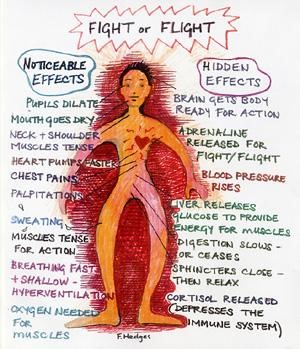Unlocking the Secrets of the Brain Through qEEG Cerebral Mapping Techniques in Mental Wellness Evaluation
Unlocking the Secrets of the Brain Through qEEG Cerebral Mapping Techniques in Mental Wellness Evaluation
Blog Article
Understanding the individual brain is a challenging endeavor, especially when it comes to psychological health. Conventional approaches of assessment often rely on conversations and questionnaires, which can occasionally miss important aspects about how the mind functions. This is where qEEG brainwave analysis, or qEEG, enters into play. qEEG is a specialized technique that assesses electrical signals in the cerebrum. By examining these neural patterns, mental health professionals can obtain important understandings into a person's mental state, aiding to enhance diagnosis and intervention.
qEEG functions by applying small sensors on the scalp to record brain activity. These sensors detect neural impulses produced by neurons, the cells in the brain that communicate with each other. The information gathered is then processed and presented as a set of waveforms. Each type of neural wave—such as alpha, β, δ, and theta—corresponds to various psychological conditions and activities. For example, α oscillations are commonly linked with calmness, while beta waves are associated to active cognition and issue resolution. By examining these patterns, clinicians can detect irregularities that may indicate psychological health issues.
One of the significant benefits of qEEG is its capability to provide objective data. In contrast to conventional assessments that rely on subjective accounts from patients, qEEG provides a distinct picture of brain function. This clarity Related Site can assist minimize biases in assessment and lead to more precise intervention strategies. For example, if a client is experiencing stress, qEEG can show specific patterns of brain function that are associated with anxiety disorders. This information enables psychological health experts to customize interventions more efficiently, whether it be through counseling, pharmaceuticals, or other treatments.
Moreover, qEEG can be particularly useful in tracking intervention advancement. By performing qEEG evaluations at various stages during therapy, healthcare providers can monitor variations in neural function over period. This continuous evaluation helps determine if a intervention is working or if modifications are required. For instance, if a patient is not reacting to a specific treatment, qEEG may show that their brain function has not altered in a manner that suggests progress. This response cycle can result to more customized and efficient mental health treatment.
In summary, qEEG cerebral mapping is a potent instrument in the domain of mental health evaluation. By offering unbiased information about neural function, it enhances the understanding of various mental health conditions. This technique not only aids in accurate diagnosis but also helps in tracking treatment success. As psychological health experts persist to investigate the capabilities of qEEG, it holds potential for improving the well-being of individuals facing mental health issues. With continuous investigation and progress in technology, the secrets of the mind may turn clearer, leading to better results for those in requirement of support.